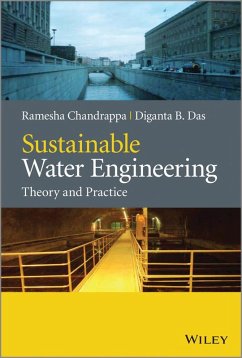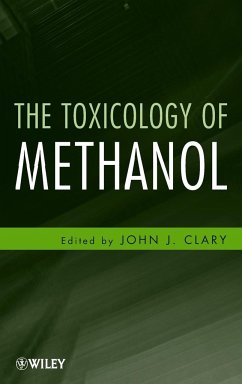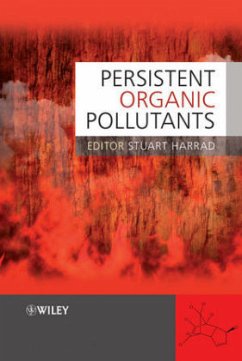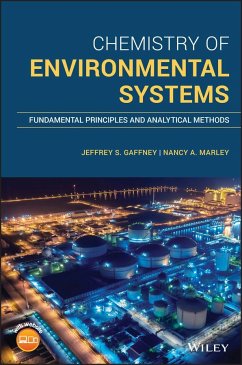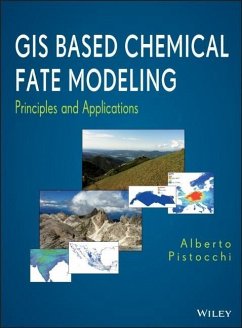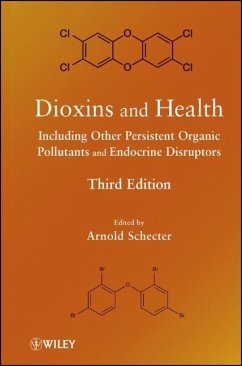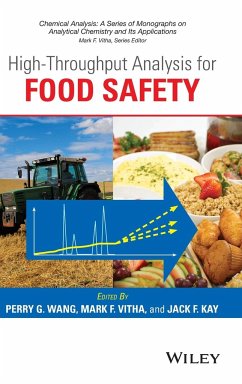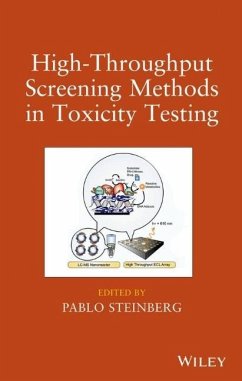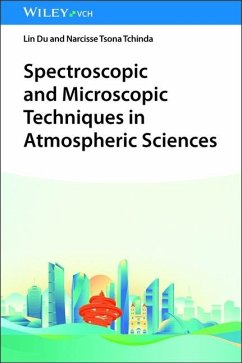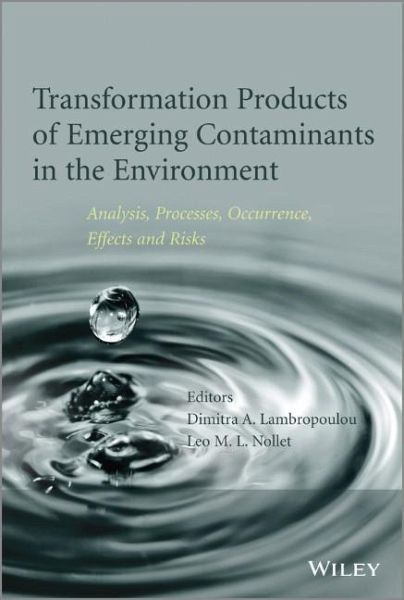
Transformation Products of Emerging Contaminants in the Environment
Analysis, Processes, Occurrence, Effects and Risks
Herausgegeben von Lambropoulou, Dimitra A.; Nollet, Leo M. L.
Versandkostenfrei!
Versandfertig in über 4 Wochen
388,99 €
inkl. MwSt.
Weitere Ausgaben:

PAYBACK Punkte
194 °P sammeln!
One of the first books to cover transformation products, rather than primary compounds, Transformation Products of Emerging Contaminants in the Environment gathers, specifies, synthesizes, and advances existing knowledge of the most important transformation product (TPs) of the main groups of emerging contaminants with potential concern to human health and the environment. This two-volume set for researchers and professionals covers the sources of TPs of emerging contaminants and their environmental behavior, their occurrence and effects on urban and marine environments, risk assessment and management, and technologies and strategies available for control.
Over the last 15 years, the focus of chemical pollution has shifted from conventional pollutants to so-called "emerging" or "new" unregulated contaminants. These include pharmaceuticals and personal care products, hormones, UV filters, perfluorinated compounds, poylybrominated flame retardants (BFRs), pesticides, plasticizers, artificial sweeteners, illicit drugs, and endocrine disruptor compounds (EDCs). Despite the increasing number of published studies covering emerging contaminants, we know almost nothing about the effects of their transformation products and/or metabolites.
This two-volume set provides a unique collection of research on transformation products, their occurrence, fate and risks in the environment. It contains 32 chapters, organised into 7 parts, each with a distinct focus:
General Considerations
Transformation Processes and Treatment Strategies
Analytical Strategies
Occurrence, Fate and Effects in the Environment
Global Speciality and Environmental Status
Risk Assessment, Management and Regulatory Framework
Outlook
Transformation Products of Emerging Contaminants in the Environment is a valuable resource for researchers and industry professionals in environmental chemistry, analytical chemistry, ecotoxicology, environmental sciences, and hydrology, as well as environmental consultants and regulatory bodies.
This two-volume set provides a unique collection of research on transformation products, their occurrence, fate and risks in the environment. It contains 32 chapters, organised into 7 parts, each with a distinct focus:
General Considerations
Transformation Processes and Treatment Strategies
Analytical Strategies
Occurrence, Fate and Effects in the Environment
Global Speciality and Environmental Status
Risk Assessment, Management and Regulatory Framework
Outlook
Transformation Products of Emerging Contaminants in the Environment is a valuable resource for researchers and industry professionals in environmental chemistry, analytical chemistry, ecotoxicology, environmental sciences, and hydrology, as well as environmental consultants and regulatory bodies.



